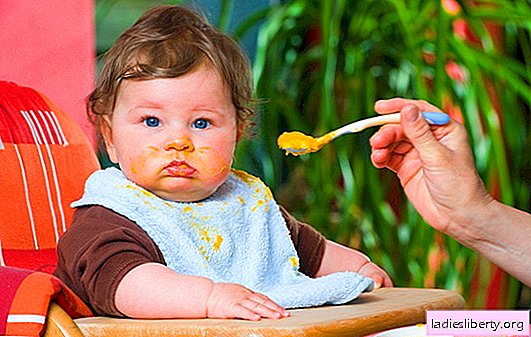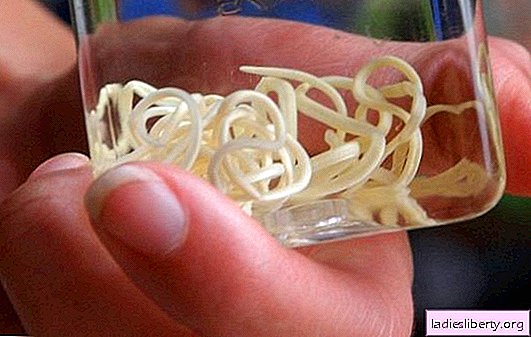
Feces with blood are a clear sign of problems in the digestive tract. Clearly visible scarlet blood, bloody clots or mucous impurities are a sign of damage to the large intestine, rectal walls, and anus. Hidden blood in feces in cats, which may be caused by pathologies of the liver, stomach, small intestine, is not visible, but stains the feces in a tar color. To fix the problem, you need to find out why blood appeared in the feces of a cat, what to do in such cases, whether and when to contact a veterinarian.
The main causes of blood in feces in cats
A number of factors that provoke bloody stool in a cat are associated with mechanical damage to the intestines and anus. The most likely include:
· Lack of water and feeding the pet exclusively dry food. Grains of food do not dissolve in the stomach and injure the intestinal mucosa;
The formation of lumps of wool in the intestines is a common problem for cats of long-haired breeds;
· Getting into the gastrointestinal tract of a foreign body (bone fragments, plastic, pieces of various objects, toys eaten by a cat).
The cause of blood in the feces of a cat can be frequent constipation, which occurs, inter alia, due to malnutrition, violation of the rules for keeping the animal and the formation of lumps of wool in the intestines. With constipation, dense feces scratch and injure the intestines. As a result, bleeding and erosion appear on the mucosa of the rectum, anus, in the area of the sphincter.
Other causes of fecal blood in cats include:
1. Helminthic infestations, intestinal parasitic diseases.
2. Viral infections (calicivirus, coronovirus, reovirus, plague, panleukopenia).
3. Gastrointestinal diseases caused by pathogenic bacteria (salmonellosis, intestinal tuberculosis, colibacteriosis, etc.)
4. Polyps in the intestine.
5. Benign and malignant neoplasms in the digestive tract.
6. Poisoning by poisons (inorganic and plant), which violate the permeability of blood vessels and worsen blood coagulation.
7. Gut twisting caused by coprostasis, flatulence, impaired intestinal motility.
8. Prolapse of a cat’s rectum, which may be caused by prolonged constipation, profuse diarrhea, and difficult birth.
In addition to the above reasons, blood in the feces of a cat can be a symptom of a gastrointestinal disease. Bloody stool is one of the likely signs of an inflammatory process in the large intestine, gastroenteritis, gastric ulcer, pancreatitis, enteritis. With these pathologies, blood in the stool of the animal appears in the form of clots or stains the feces in a uniform rusty brown or pink color.
Cat feces blood: what to do to the owner
If the phenomenon is not permanent, is not accompanied by other disturbing symptoms and practically does not affect the behavior of the pet, you can try to solve the problem yourself. First you need to review and adjust the diet of your pet.
What to do when blood in the cat's feces appears due to malnutrition:
· Give more fluid, which not only helps to establish digestion, but also helps to eliminate toxins from the body;
· Add to the diet foods and pharmacy preparations rich in plant fiber;
· Exclude from the diet of cats based on natural foods fatty, salty, pickled, smoked, sweet, sausages, canned food for people;
· Change the brand of dry food or, after consulting with a veterinarian, put the cat on a diet with another source of protein.
If a helminthic infestation is suspected, it is necessary to deworm the animal with broad-spectrum drugs.
Longhair cats are given special malpastas or top dressings to remove and prevent the formation of lumps of wool in the intestines. Such drugs help cleanse the intestines of felted wool and prevent the formation of pilobesoars in the digestive tract.
If the measures taken did not have the proper effect and the cat's feces still have blood impregnations, you should contact your veterinarian. Urgent veterinary care is necessary when, in addition to bloody stool, the following symptoms are observed:
· lack of appetite;
Vomiting
Apathy
Painful stool;
Diarrhea or constipation;
Elevated temperature.
All these are signs of severe internal pathology, the diagnosis and treatment of which is impossible without professional knowledge.
Blood in the feces of a cat: what does a veterinarian do during an examination
Diagnosis of the problem or disease that caused the appearance of fecal blood in the pet begins with a standard visual examination. In parallel, the doctor asks questions to help diagnose.
Common questions in such situations:
1. What is the diet of the animal.
2. What feed is used.
3. Could a cat swallow some foreign object.
4. How often is the treatment for worms.
5. When and what vaccinations did the animal.
6. Are there signs of atypical behavior (a cat eats booty on the floor).
7. What other symptoms of health problems have been reported recently.
After examining and collecting an anamnesis, the veterinarian can prescribe laboratory tests and diagnostic procedures to help determine the cause of blood in the feces of a cat:
· Blood and urine tests;
· Analysis of feces for the presence of helminths;
Ultrasound
· Coprogram;
X-ray of the digestive tract.
In some cases, the studies do not provide complete information about the causes of the problem. Then the method of therapeutic diagnosis is applied. The veterinarian develops a treatment regimen and evaluates the response of the cat's body to therapy and makes a diagnosis.
Cat blood in feces: what to do, how to treat
The direction of treatment depends on the diagnosis. In any case, if there is blood in the stool, the veterinarian will prescribe:
· Vitamin and mineral complexes;
· Enzymatic preparations that improve the digestive process;
· Antibiotics that suppress the pathogenic intestinal microflora;
Disinfectant enemas;
· Drugs that improve blood coagulation;
· Iron preparations for the prevention of anemia.
If the blood in the cat’s blood appears due to malnutrition, a diet correction is performed to restore the digestive tract.
With helminthic invasions, deworming is performed. When clogging the passages of the small intestine with lumps of wool, drugs are used that contribute to their dissolution and painless excretion from the body.
In other cases, based on the diagnosis, the cat is prescribed immunomodulators, drugs that strengthen the immune system, antiviral or antibacterial drugs, and serums aimed at normalizing the functions of the liver, stomach, pancreas.
If the organs of the gastrointestinal tract of the animal are severely injured by bone fragments, foreign bodies, or the cat swallows an object that cannot come out naturally, treatment is carried out using surgical intervention. The operation is performed by a veterinarian surgeon. The subsequent rehabilitation and rehabilitation therapy is carried out under the guidance and under the supervision of a physician.











